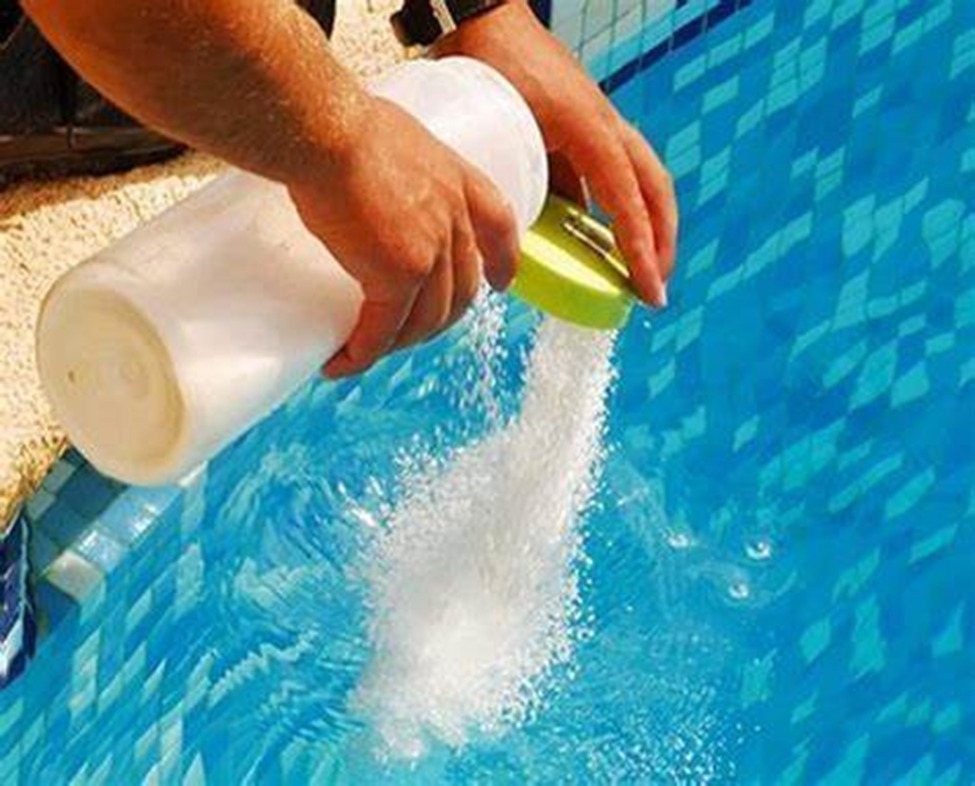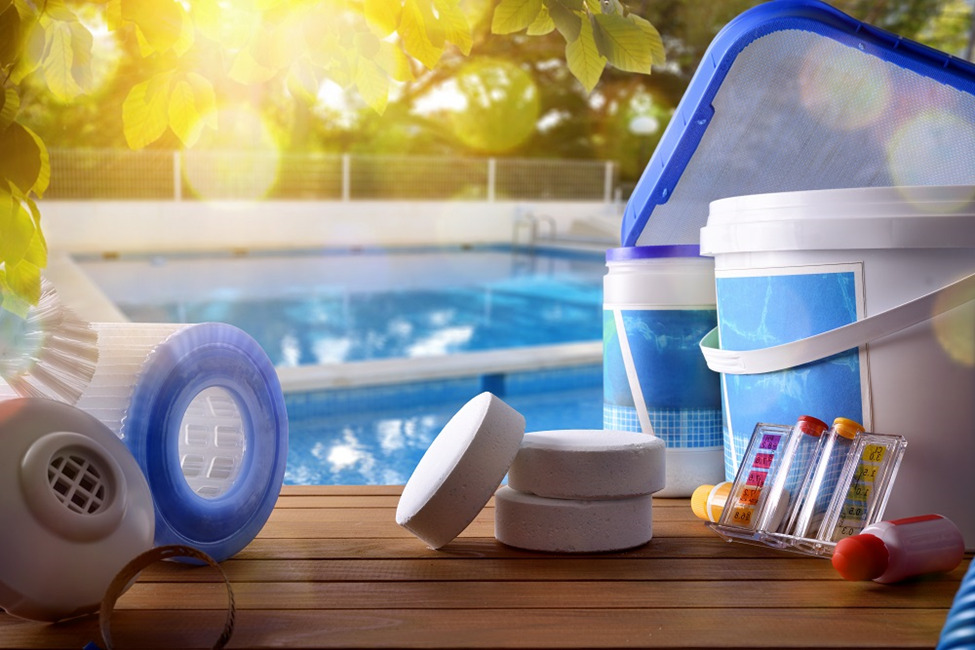
If having a swimming pool at home is your dream come true, and if you’ve actually turned that dream into reality, then you must be over the moon. Finally, being able to take a swim whenever you feel like it, and without needing to drive anywhere, is certainly a big deal. Not to mention that you can organize get-togethers with your friends and have a great time socializing around the pool. Once you finally make this dream come true for you, though, you’ll also realize that maintaining the pools is rather important, and that it involves adding certain chemicals, and you can read more on those here, to it on a regular basis.
Maintaining a pool involves keeping it properly clean, managing the pH level of the water, as well as ensuring that the water is completely clean and safe to swim in. Naturally, you may also need to complete certain repairs from time to time, but that won’t happen often, especially if you’re doing your best to maintain it perfectly, and if you’re using the right chemicals. While you already understand that you need to add chemicals to the water regularly, there’s a chance you don’t really know which ones should be used.
No wonder you’re confused by the cocktail of chemicals, so to speak, that has to be added to the pool so as to keep the water balanced and clean. If there was only one substance to add, you’d remember it and you wouldn’t be confused about it at all. There are, however more. Adding them randomly without understanding their purposes and roles is also not a very good idea, which is why I’ll tell you more about the chemicals you’ll need to add to the pool and try to clearly explain their roles.
Chlorine
You might not have heard of any other chemical by now, but chlorine is the one that you’re most definitely aware of. The best-known substance, used as a sanitizer to keep the bacteria and the algae away, chlorine can come in liquid or powder forms, as well as in tablets. Chlorine and water react together to form hydrochloric acid, the compound that actually fights bacteria. Lack of chlorine can create an unpleasant smell, which should be an indication that you need to add more.
Since talking of maintaining the pool, this should help as well: https://www.wikihow.com/Maintain-Your-Swimming-Pool
Or Bromine
As an alternative to chlorine, bromine is usually used in warmer water, such as the one you’ll add to your hot tubs, for example. Alkalinity is one of those things that you should keep balanced both in the pool and in the hot tubs. And, since hot tubs have a higher pH level, meaning their alkalinity is higher, bromine is usually used instead of chlorine, as it tends to be more effective in such an environment.

Sodium Monopersulfate (MPS)
Shocking the pool with chlorine is one way to kill the bacteria. Non-chlorine shocking is also possible and it involves the use of sodium monopersulfate, or MPS. Higher dosages of this chemical are required for shocking the pool. Shock is usually sold as a specific product, but knowing what’s inside can be helpful. After adding it to the water, superchlorination begins – a process that kills all the bacteria and the sanitizer byproducts.
Cyanuric Acid
Cyanuric acid is sort of like a sun screen for chlorine. Ultraviolet rays speed up chlorine decomposition in water, and the cyanuric acid is used to actually slow that process down. Adding too much of this acid, however, can also slow down the destruction of bacteria, which is why you need to be very careful when adding it to the water, aiming at adding the correct amount. Keep in mind that some pool products come with cyanuric acid and remember to check that so as to know if you need to add it separately or not.
Calcium Chloride
Calcium chloride, another rather important pool chemical, is used to increase the level of calcium hardness in your pool. If this level isn’t properly balanced, the tiles and metals, and practically all the equipment can get damaged. Calcium hardness should be kept at a minimum of 200 mg/l. Using calcium chloride for those purposes is important, as you don’t want to get the equipment and the walls damaged due to low calcium hardness level.
Algaecide
Algaecide has to be added after the pool has been shocked so as to keep algae from returning. This substance isn’t used to kill the algae, and it should be clear by now that shock is used for those purposes. Instead, it’s used to prevent their growth, which is why you should add it after the shock if you already have algae present in the water. Using it once a week, after every shock treatment, should be enough to keep algae at bay.
Comments are closed.